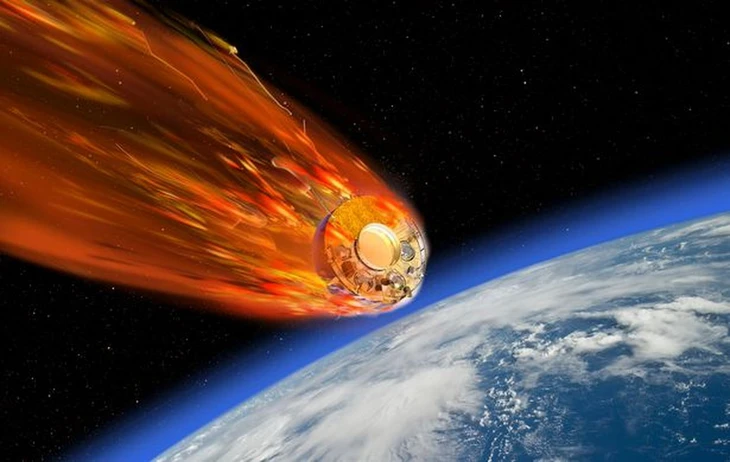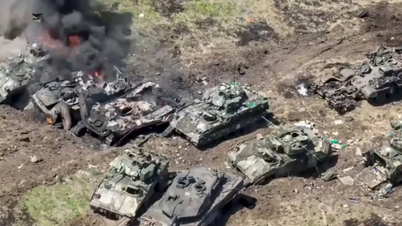
Soviet-era Kosmos 482 spacecraft returns to Earth after 53 years in orbit - Photo: ARAB TIMES
According to France 24 channel on May 10, a Soviet-era spacecraft, designed to land on Venus, fell back to Earth after more than half a century floating in orbit.
The spacecraft, named Kosmos 482, was launched in 1972 as part of a series of missions to Venus, but failed to pass Earth's orbit due to technical problems with the rocket.
The spacecraft remained in space for more than 50 years, with most of its structure falling back to Earth within a decade of the failed launch.
And the final part – a spherical lander measuring about 1m wide – fell. According to experts, this lander is covered in titanium and weighs more than 495kg – to withstand the harsh conditions of landing on Venus, the hottest planet in the solar system.
The Russian Space Agency and the European Union's Space Surveillance Agency have confirmed the spacecraft crashed in an uncontrolled manner. Russia said the craft crashed in the Indian Ocean, but some experts have questioned the exact location. It is unclear how much of the craft survived the fiery crash.
The US Space Command is also collecting and analyzing data from orbit to confirm the crash location.
Scientists also say the chances of someone being hit by debris from a spacecraft are extremely low.
Under UN treaties, any remaining debris belongs to Russia, but the exact location of the spacecraft remains unclear due to solar activity and the deterioration of the equipment after years in space.
The event attracted the attention of scientists and space agencies because the spacecraft had a higher than normal chance of surviving re-entry. However, some observers expressed regret that they did not know the final resting place of the spacecraft after more than 50 years floating in space.
"If it falls into the Indian Ocean, only whales will see it," Dutch scientist Marco Langbroek shared on social network X.
Source: https://tuoitre.vn/tau-vu-tru-thoi-lien-xo-roi-xuong-an-do-duong-sau-53-nam-ngoai-khong-gian-20250511110954375.htm


![[Photo] Top players gather at the 2025 Nhan Dan Newspaper National Table Tennis Championship](https://vphoto.vietnam.vn/thumb/1200x675/vietnam/resource/IMAGE/2025/5/23/9ad5f6f4faf146b08335e5c446edb107)






























































































Comment (0)